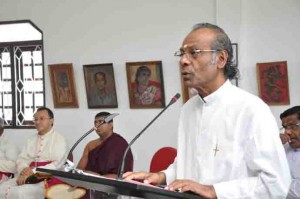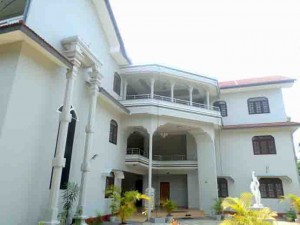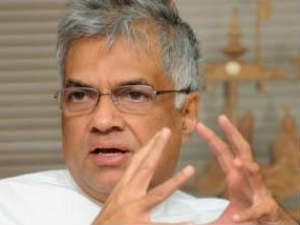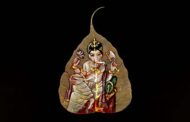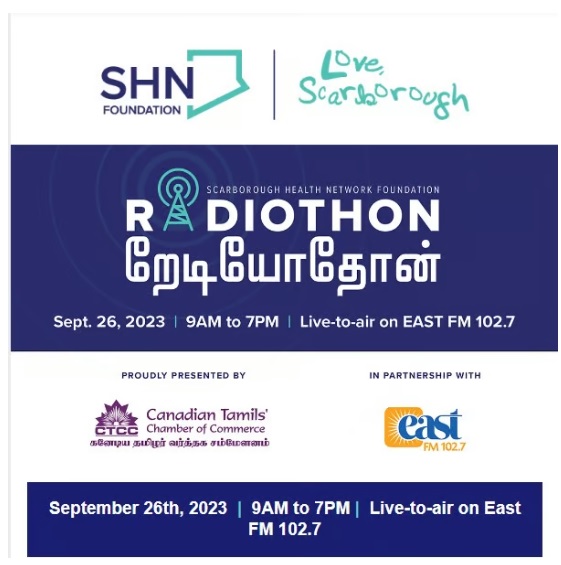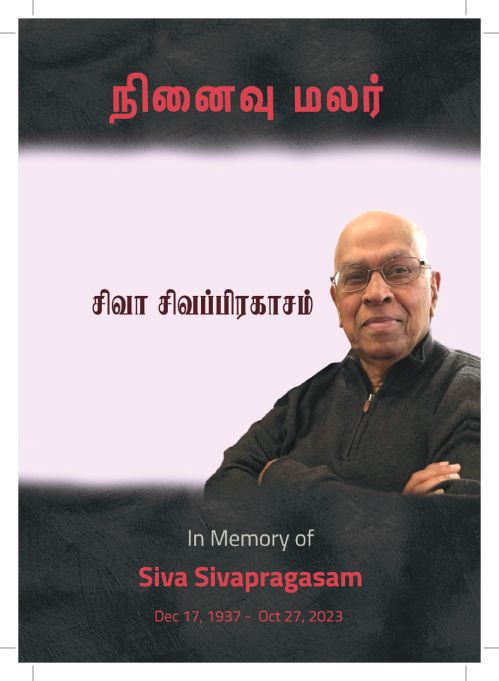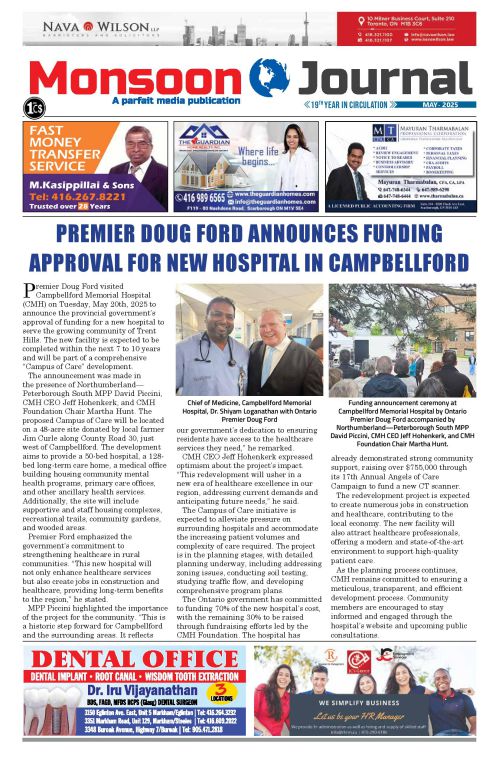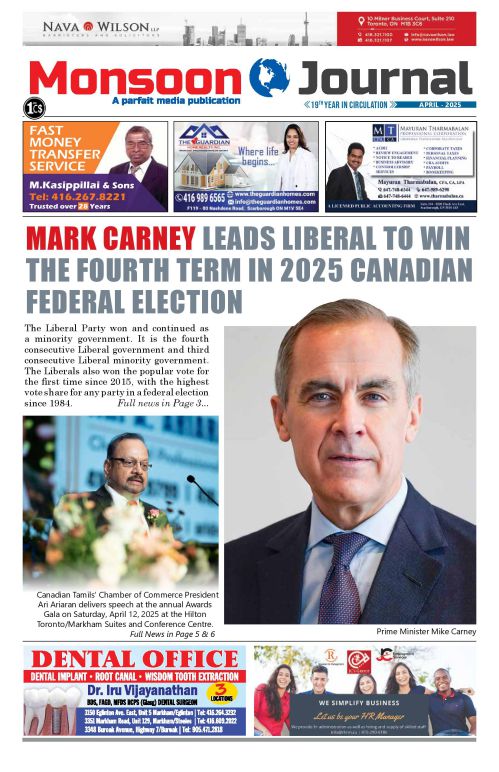By Thulasi Muttulingam
Sixty seven years since Sri Lanka gained her independence from colonial rule, there are many left wondering what has become of their beloved country, and what is yet to become of it. It is a country that inspires despair and worry, yet also pride and hope in its many constitutes. Among those with a Never-Say-Die attitude despite the severe odds they face though, are the artistes at the Thirumarai Kalamanram (known in English as the Centre for Performing Arts), founded in Jaffna. CPArts has the distinction of being the longest running cultural and artistic foundation, working for peace in the country. Its founder, the highly respected Reverend Fr. N.M Saveri (Maria Xavier) of Jaffna was just a young boy when colonial rule ended. In the subsequent years, he was witness to conflicts of various kinds; religious, ethnic and sectarian along caste lines.
As a newly returned ordained priest from Rome where he had been exposed to a wide spectrum of arts and culture, he decided that the way forward was to engage youths across various divides to come together and break barriers ??? and the best way to do that would be through art and aesthetics.
???I was born in Ilavalai in 1939 and joined St. Martin???s Seminary in Jaffna at 12, at the wish of my parents, who intended me to be a priest,??? says Fr. Saveri. He might not have chosen to join the seminary so young himself he says, but he is glad that his parents made that decision for him, since he found his life???s calling within it.
???The seminary life opened up for me a vista of education I might not have had access to otherwise. In Jaffna, I had the best language teachers teaching me Tamil, English and Latin. Later, I was sent to Kandy where I studied philosophy at the National seminary and also learnt Sinhala. Thereafter I was sent to Rome, where I earned the equivalents of B.A. and M.A. in Theology and was ordained a priest at 23. Even then I had a passion for theatre, art and film. I started wearing glasses at 17 because I was always viewing movies in my spare time.???
When he returned to Sri Lanka as a young priest, his first assignment was at St.Patrick???s College where he started theatre experiments with students. He went to Mannar as assistant parish priest ??? where he immediately set about gathering youths to enact performances to promote social messages. His first big parish assignation however was a few years later in Urumpirai, Jaffna ??? and this is where Thirumarai Kalamanram was officially registered, in 1965.
???Thirumarai in Tamil refers to scripture but can be attributed to the scripture of any religion; the purpose behind naming the organization thus was to inculcate the universal religious values of humanity and humanism. All religions preach this at their core and we were seeking to uphold all of them instead of any one religion over the other,??? says Fr. Saveri who along with his Masters in Christian Theology is also the holder of double Doctorates ??? one in History and the other in Hindu Philosophy.
???My primary purpose at that time was to get youths divided by caste sectarianism to come together,??? notes the Reverend Father. ???It was a success. Youths across all caste lines from the hierarchically highest to the lowest, sat together, ate together and performed together, in our troupes.???
Sometime later the Reverend Father was obliged to move away, first to India where he obtained a Pulavar degree, and then to the UK and Germany to do his M.A. and PhDs. When he returned in 1988, the ethnic conflict was at its height ???and the need of the hour was to mend broken bridges between the three main ethnicities. Thus it was that Thirumarai Kalamanran spread its scope outside Jaffna into Central and Southern Sri Lanka as well. It was then that they gained the name Centre for Performing Arts, in English and Ranga Kala Kendraya in Sinhala. They currently have more than 20 Centers all over Sri Lanka, engaging Sinhala, Tamil and Muslim artistes as well as audiences in bridging divides through artistic and cultural ambassadorship.
Sri Lanka during the height of the civil war was not a friendly place for artistes, especially artistes seeking to highlight and redress the common people???s problems. CPArts however managed to not only dodge overt censorship but through their ingenious productions brought out their stories without too many accusations or counter-accusations of bipartisanship. To those who have seen the depth and ingenuity of their plays, that is an artistic feat within itself – the walking of a tightrope on which accusations of ulterior motives or agendas couldn???t be lightly made.
To Fr. Saveri, this sums up the essence of the Centre???s work- due to which he and his troupes freely moved about not only in the North and South of Sri Lanka during the height of the war ??? a rare feat for artistic troupes at that time ??? but abroad as well. Both the LTTE and the Government gave passes to his troupes to move freely within areas of their operational control, where it was difficult for other citizens to travel similarly. In 2002, their performance at the United Nations called the ???Cradle of War??? earned them the telling tribute: ???We find it interesting that you managed to tell your story without blaming anybody.???
These days CPArts not only works to reconcile but to heal. In the words of one of their brochures:
???The Centre has different peace building programs designed for different age groups, addressing the main issues faced under each bracket. For example, they encourage women to use performance as a way of expressing their unique experiences of conflict. With children, they use games and music to get them together with other children from different ethnic and religious origins. The Centre makes use of music, dancing and drama to support people???s expression of conflict, facilitate healing and encourage them to listen to each other. Another approach of theirs is to re-tell historic stories according to the present context. They relate old epics like Ashoka or Ramayana with which all are familiar in Sri Lanka, telling them in a way that brings out the destruction of war and the suffering of people belonging to all races as a result. The Centre promotes human rights and democracy through their practices.???
What they are proudest of having achieved says the Father, is that the Centre???s wide network of dedicated artistes continue to contribute their dedicated services despite straitened funds, due to which they often receive no compensation. It is not a sustainable model but despite that CP Arts has managed to survive for several years as an ongoing concern.
???We are mostly funded through church oriented organizations ??? but even that does not cover a stipend for the artists who volunteer their time freely. Our main worry for the organization these days is funds for continuity. Our troupes have traveled the world, France, Germany, Italy, Switzerland, Belgium, the UK, Canada, USA, Australia??? but financially the tours have not been a success. We require sponsorship to make them viable.???
December 03rd 2014 was the CP Arts??? 49th Anniversary. It also happened to be Father Saveri???s 75th birthday. He has been at the Centre???s helm for nearly 50 years now but feels that he is ready to pass on the mantle. Though he does not look his 75 years, he says his years of active service have taken a toll on his health. ???I have to take several different tablets a day, everyday; the side effects of the strong medications are taking a toll on my body too. I look forward to being able to pass my responsibilities on to younger, capable shoulders.???
For the moment though, he is still very much at the helm. A solitary figure by the ship he built and launched, scanning the horizons for a worthy mate to take over.
This article appears on page 38 in the print and web edition of Jan 2015.
[slider id=’408′ name=’CPARTS’ size=’full’]





